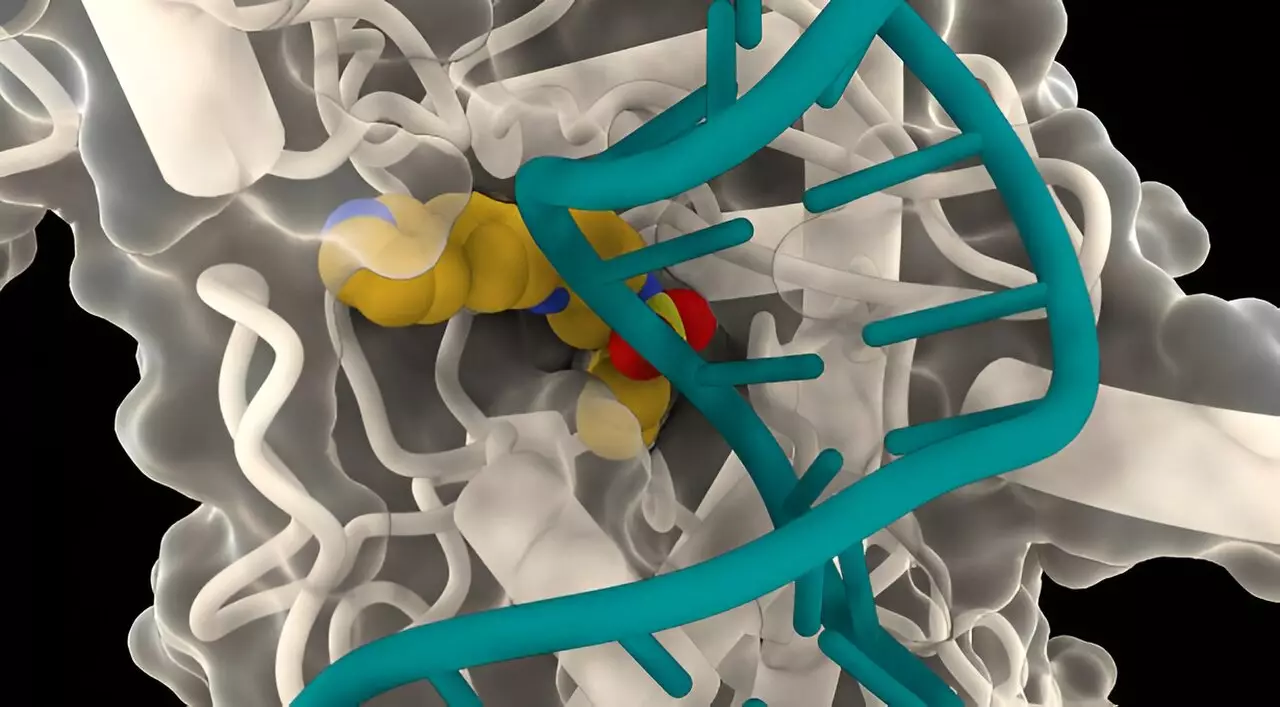In a groundbreaking research collaboration between the University of Leiden, the Netherlands, and the John Innes Centre, UK, a project aimed at repurposing existing drugs for their potential as antibiotics has identified a highly promising candidate with a unique mechanism for killing drug-resistant bacteria. Initially developed for cancer therapies, a chemical library of 352 small molecules was screened for antimicrobial activity, uncovering 12 compounds that inhibited bacterial growth.
Promising Discovery
The most potent compound, LEI-800, belongs to a class of compounds called isoquinoline sulfinamides, which was further chemically optimized by researchers at the University of Leiden. This enhanced compound exhibited powerful antimicrobial activity against Escherichia coli and Klebsiella pneumoniae, two gram-negative bacteria responsible for hospital-acquired infections. The study found that the compound targeted DNA gyrase, an essential bacterial enzyme involved in DNA replication, which does not exist in human cells.
By using cryo-EM microscopy, researchers confirmed that LEI-800 binds to E. coli gyrase and inhibits it by preventing the enzyme from cutting DNA. This novel mechanism of action offers a new line of defense against drug-resistant gram-negative bacteria, addressing the urgent need for new antibiotics to combat growing bacterial resistance.
Dr. Dmitry Ghilarov from the John Innes Centre emphasizes the advantages of repurposing existing drug libraries for antibiotic discovery. Not only does it eliminate the costs associated with synthesizing new compounds, but it also presents the opportunity to uncover entirely new classes of antibiotics. The unique binding pocket of LEI-800 suggests that it could be used in combination with existing antibiotics to enhance their effectiveness against resistant bacteria.
The discovery of a novel topoisomerase inhibitor through drug repurposing highlights the potential for finding new medicines by exploring existing compounds. Dr. Ghilarov points out that with the complexity of biology, small molecules can have multiple targets, leading to unexpected therapeutic benefits. The study opens new avenues for drug discovery companies to explore alternative approaches to developing antibiotics and other medications.
The next steps for this research involve further optimizing LEI-800 and progressing towards clinical trials and commercialization. By continuing to refine and develop this compound, researchers aim to address the global health emergency posed by antibiotic resistance. The study’s success in repurposing existing drugs for antibiotic use underscores the importance of innovative approaches in overcoming challenges in healthcare and medicine.
The future of antibiotics lies in the repurposing of existing drugs to combat drug-resistant bacteria. The discovery of LEI-800 and its unique mechanism of action against gram-negative bacteria represents a significant step forward in antibiotic research. By leveraging the potential of existing compounds and exploring new avenues for drug discovery, researchers can meet the growing demand for effective antibiotics in the face of increasing bacterial resistance.


Leave a Reply